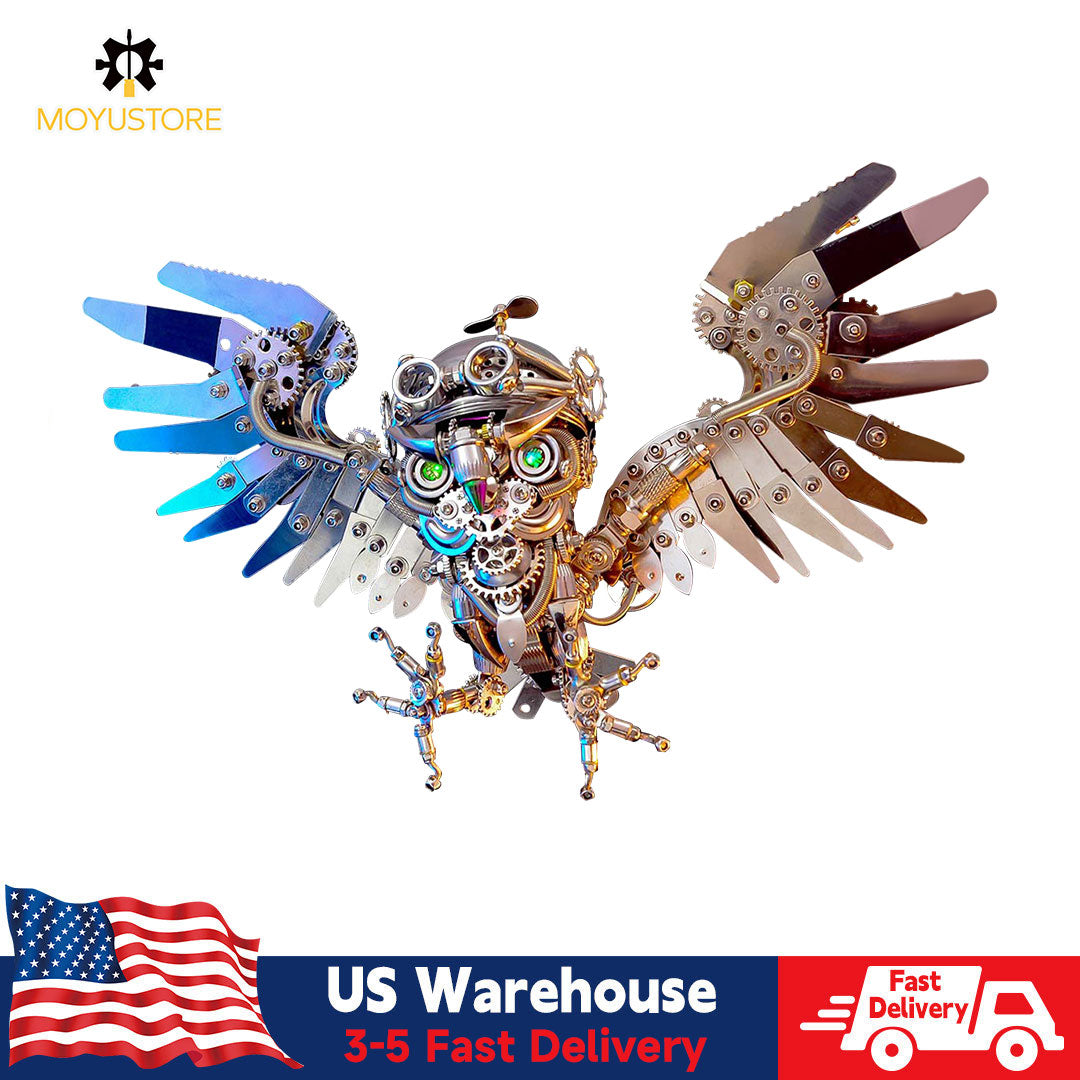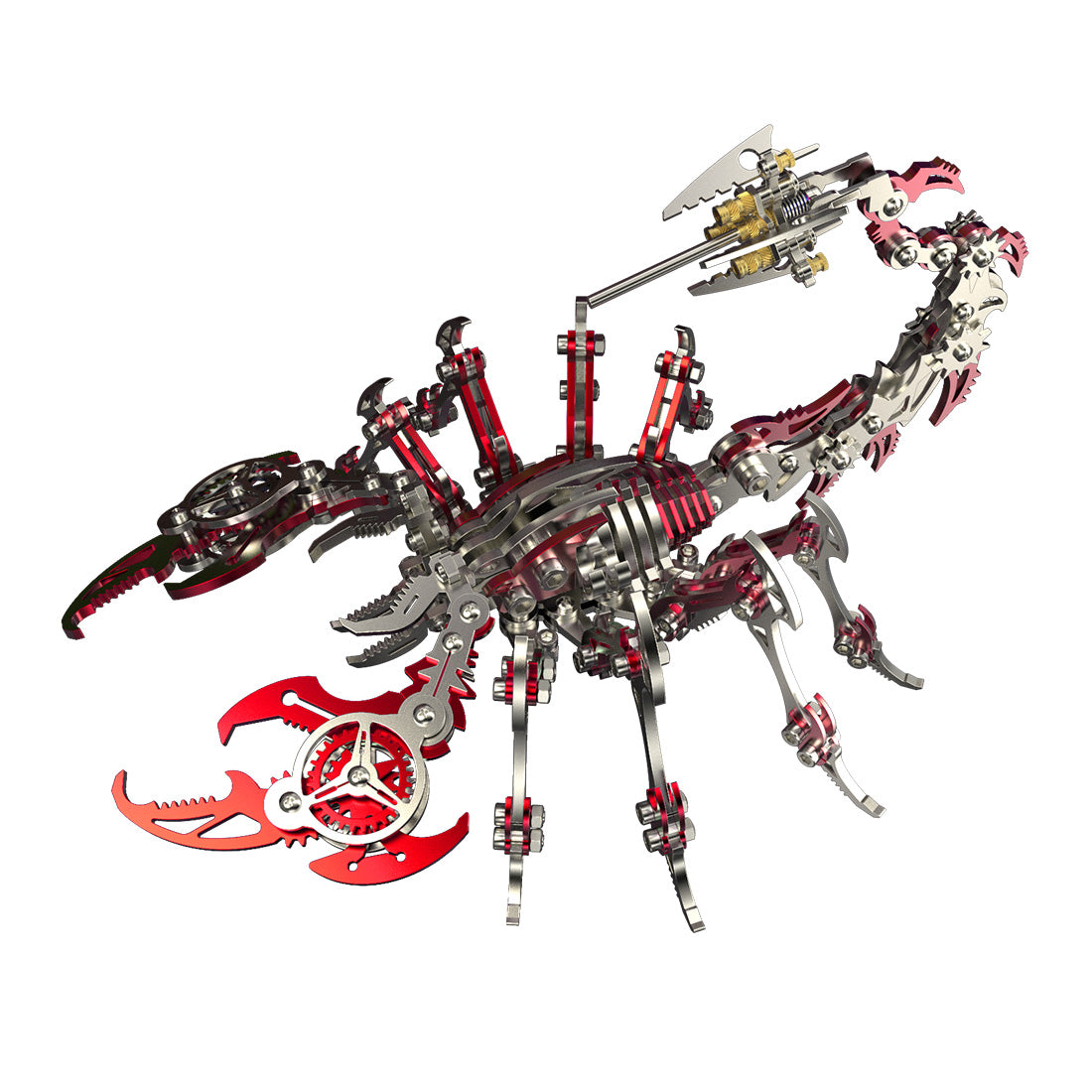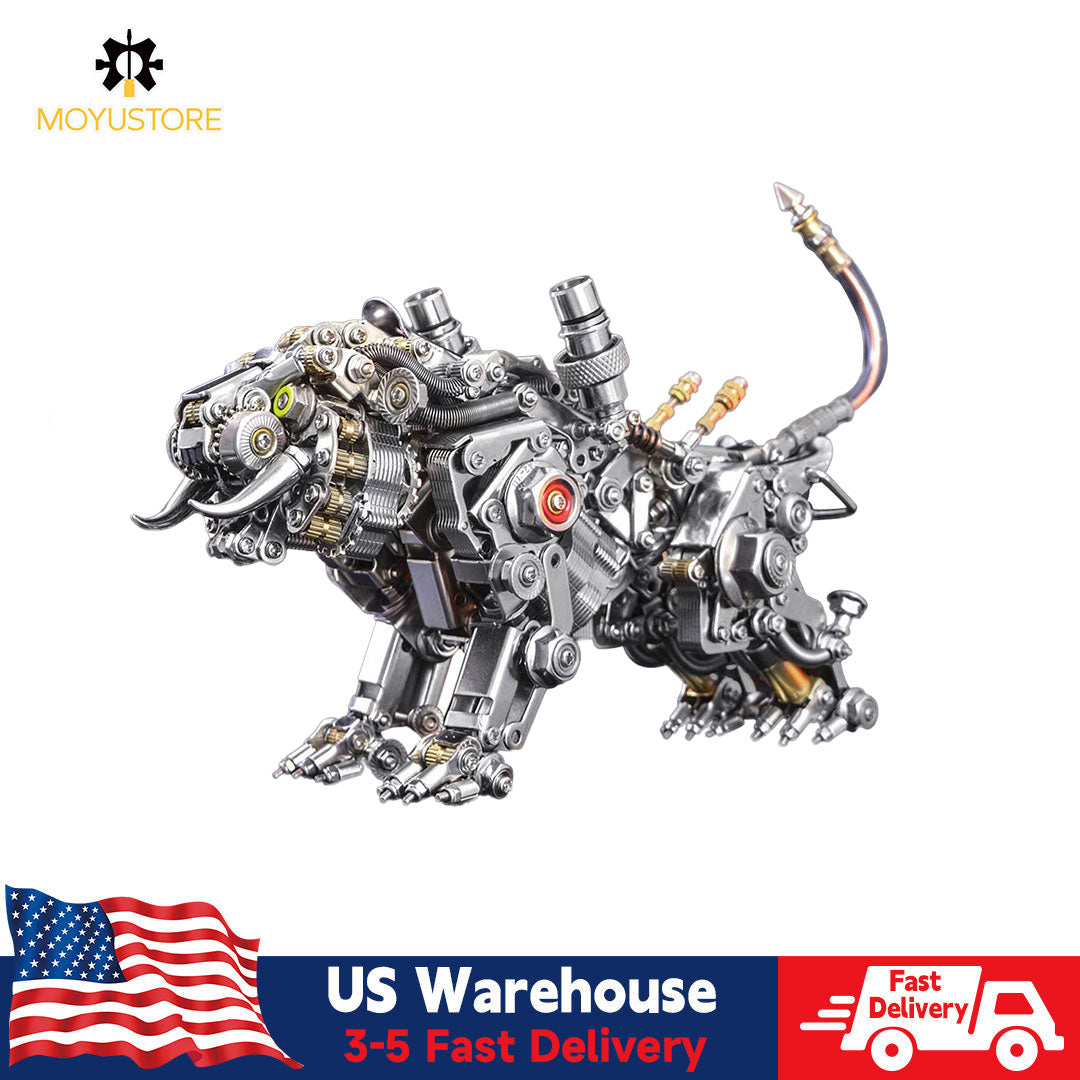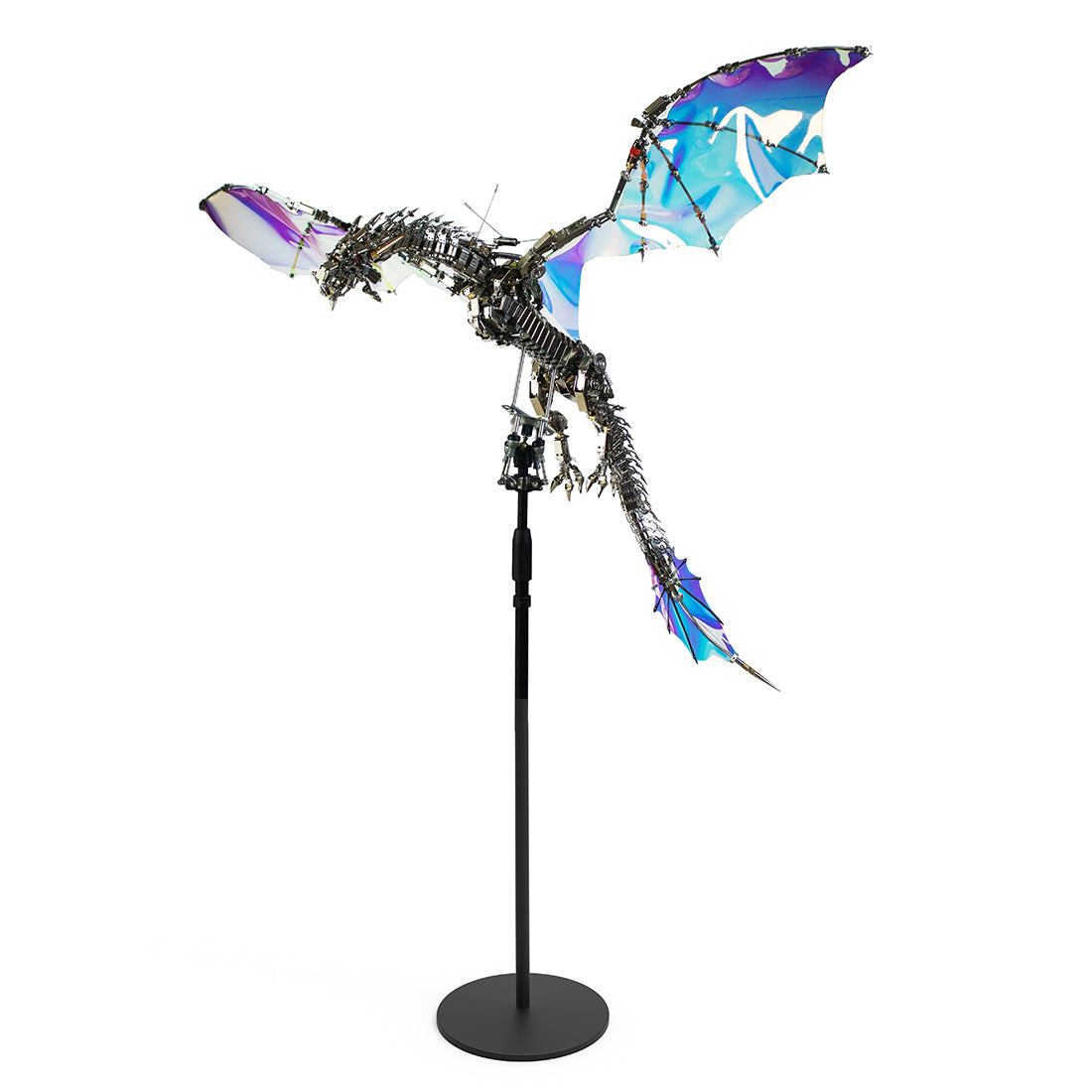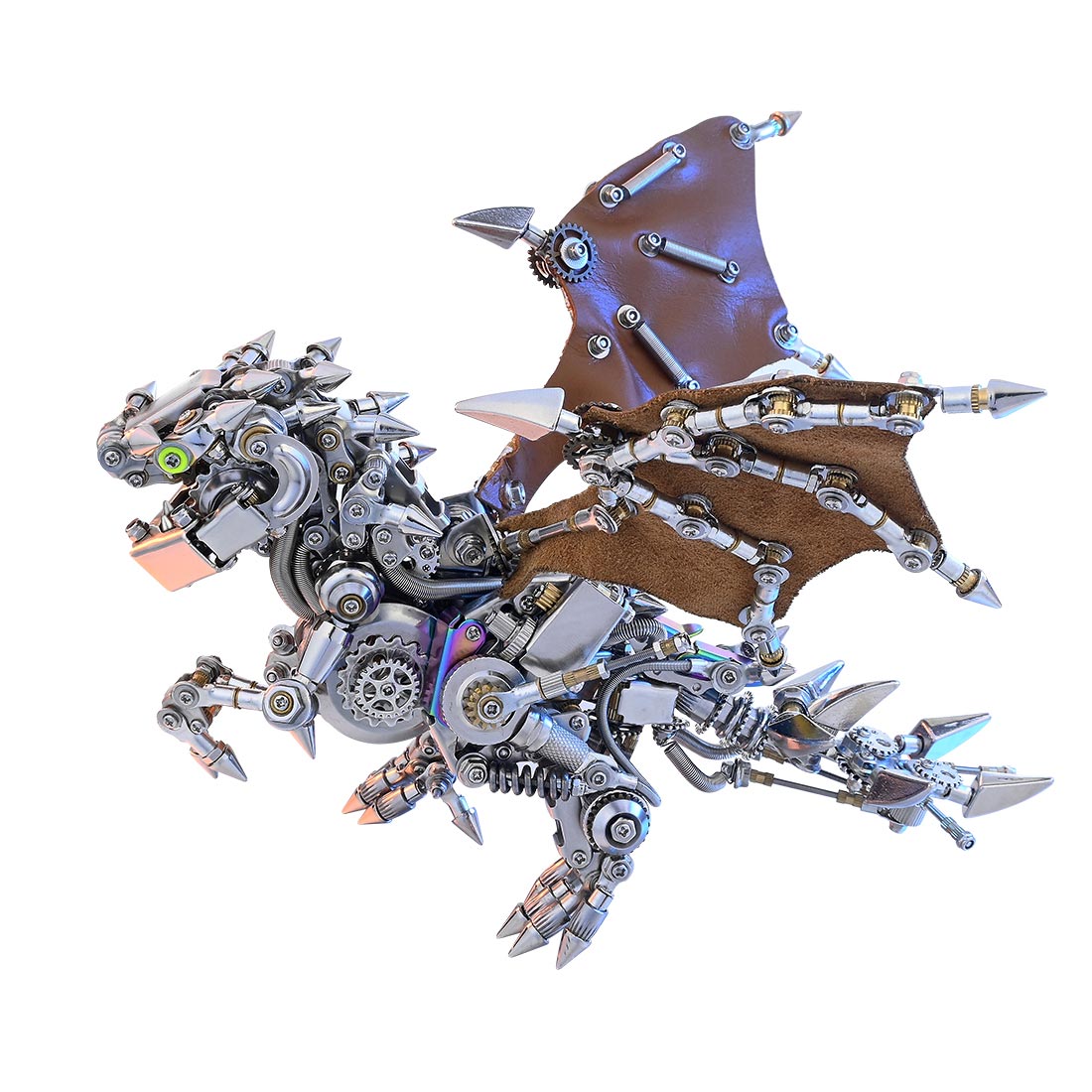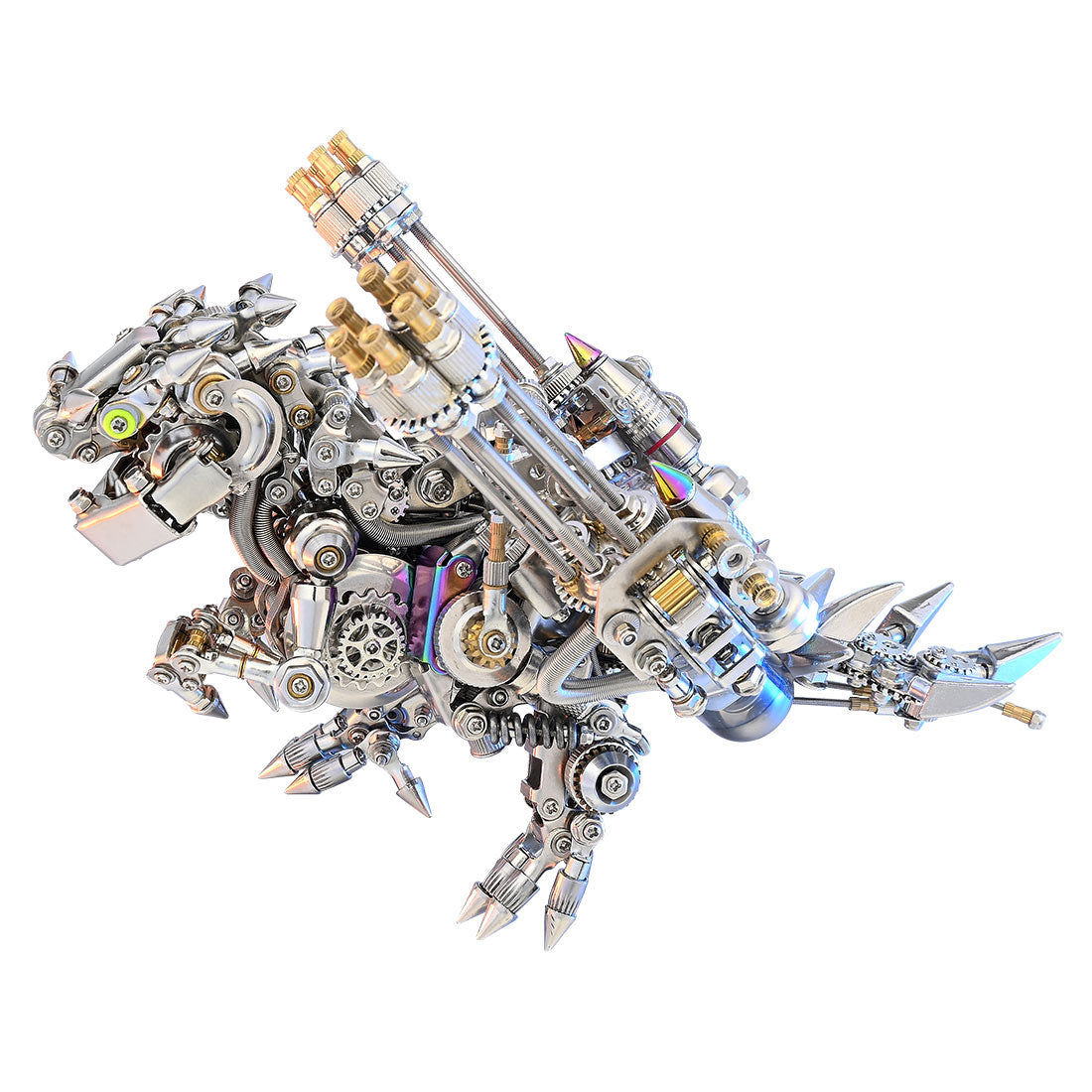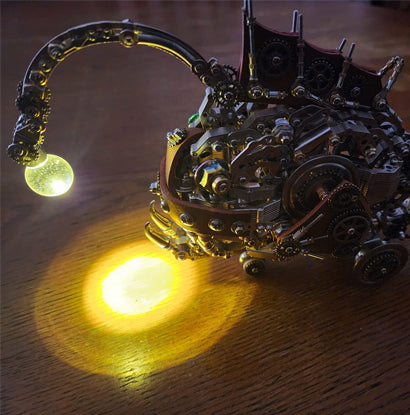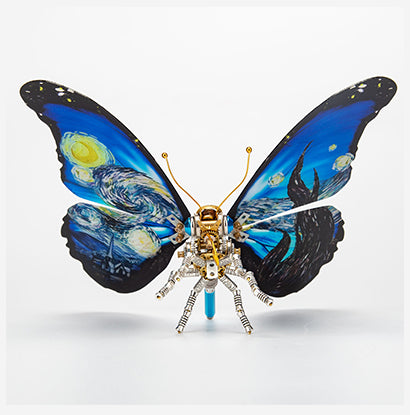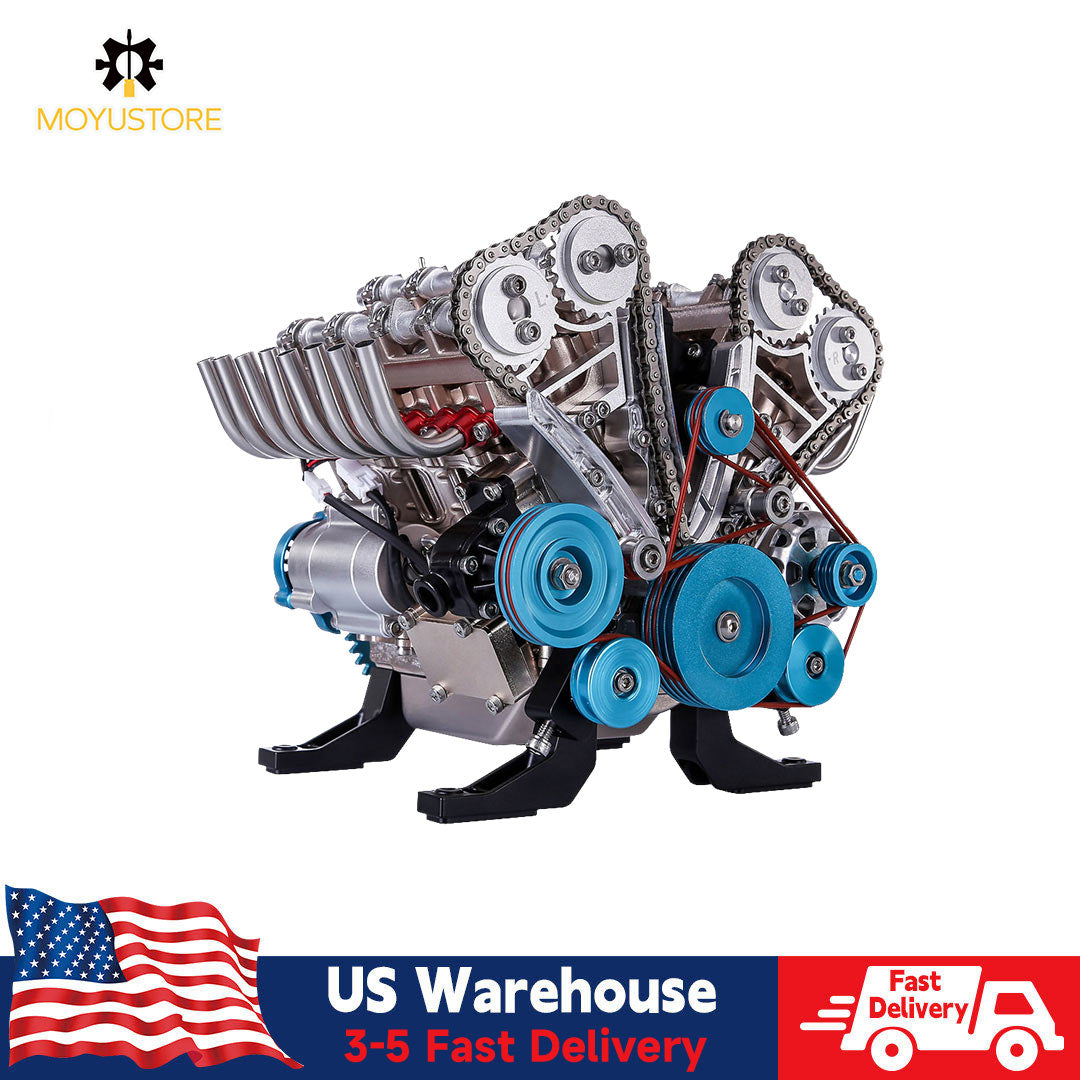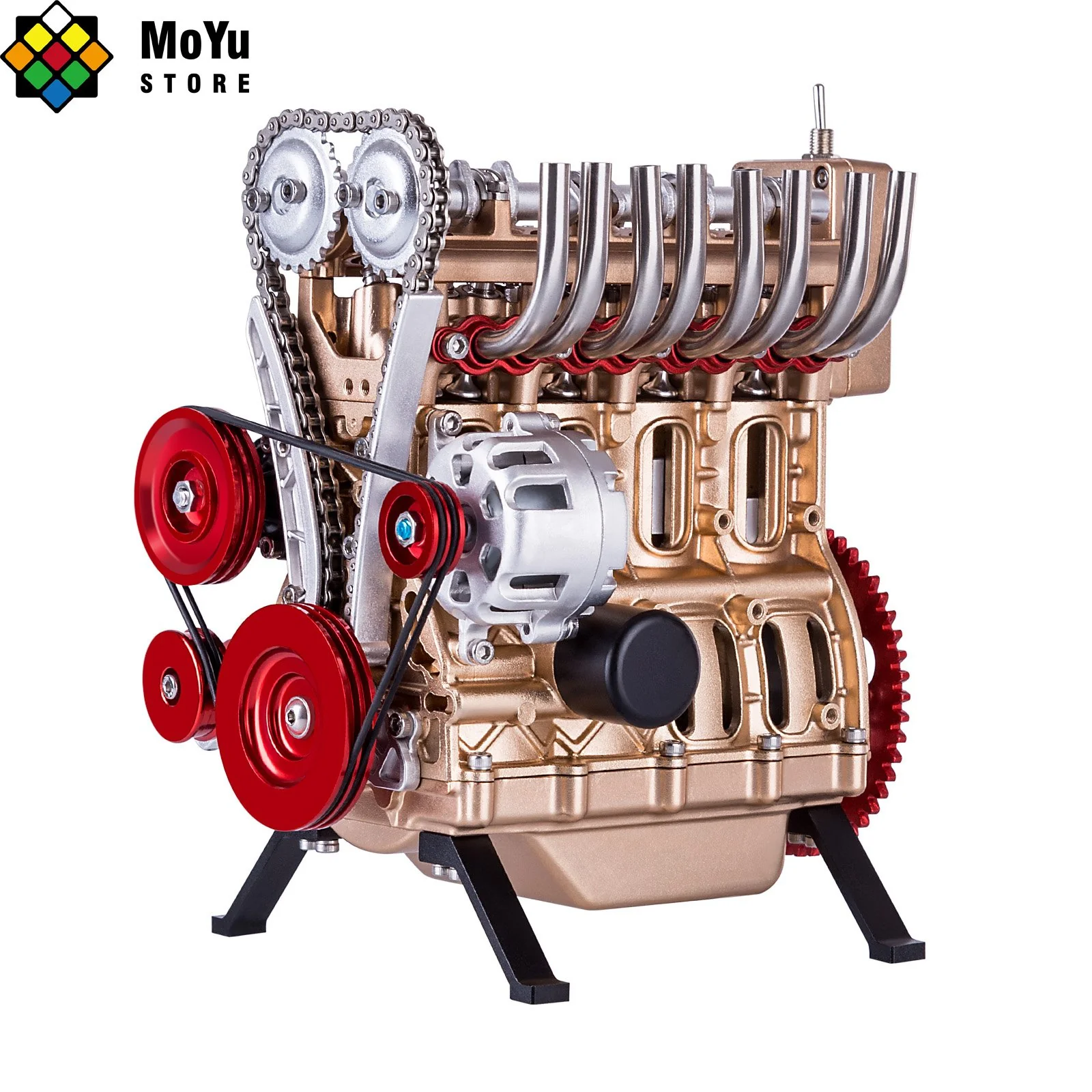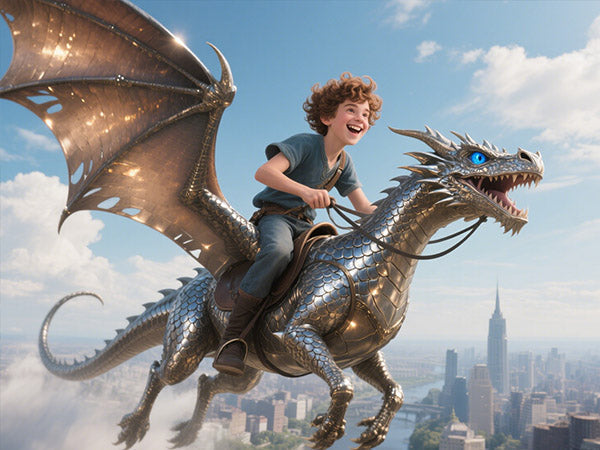Get ready to unleash the power of the tiger as we explore the ancient Chinese legends and myths surrounding these majestic creatures. From their status as kings of the animal world to their symbolism of might, bravery, and authority, tigers have always held a special place in Chinese mythology. Join us as we delve deeper into the world of these mythical beasts and discover the stories behind the five tiger kings of ancient Chinese mythology, including the White Tiger, Qiongqi, Lu Wu, Tian Wu, and Bi An. And what better way to bring these legends to life than with a 3D metal tiger puzzle kit from Moyustore? Get ready to assemble your own metal tiger puzzle and explore the power and mystery of these iconic creatures.
The tiger is known as the king of beasts and has a high status in the animal world. It symbolizes might, bravery and authority, and was deeply worshiped by the ancient people. In ancient Chinese mythology, tigers also have a high status. Among them, the five tiger kings in mythology are:
1: Bai hu
Bai hu, one of the four elephants, as the four spirits of the sky, is one of the creation gods in ancient Chinese mythology. The origin of the white tiger comes from people's worship of the ancient stars. The white tiger is the western god of the seven constellations in the west. The white tiger is defined as the god of war and killing in ancient mythology. Throughout the ages, the white tiger has always been a symbol of justice, bravery and majesty. In ancient mythology, the white tiger is not only the god of killing, but also represents evil spirits, wealth and so on.


2: Qiongqi
Qiongqi is one of the four ancient beasts, which originated from the "Shan Hai Jing". Qiongqi's appearance is like a giant tiger, it eats people, and cannibalism starts from scratch. It has grown a pair of wings, so the so-called "adding wings to a tiger" refers to it. Qiongqi has a perverse personality and likes watching people fight the most. It is said that Qiongqi often flies to the scene of the fight, eats the righteous party, and bites off the nose of the loyal person. If someone commits evil deeds, Qiongqi will catch the beast and give it to him, and encourage him to do more bad things. A beast that only "punishes the good and promotes the evil". And the ancients also like to call the kind of people who don't care about their hearts, who are far away from gentlemen and close to villains, as Qiongqi.


3: Lu Wu
Lu Wu, also known as Kaiming Beast, is the mountain god of Kunlun Mountain. "Shan Hai Jing" describes Lu Wu: As the hill of Kunlun, it is the capital under the real emperor, and the god Lu Wu is in charge. Its god looks like a tiger with nine tails and a human face with tiger claws; it is also a god. Lu Wu is the guardian of the Kunlun Qiu Palace in the capital of the Yellow Emperor. He has an overview of the overall situation and can be called the chief executive of the palace. It not only guards the palace, but also the nine regions above the heavens. Lu Wu is one of the righteous gods in ancient mythology. He has a tiger body and a human face, and his appearance is domineering and mighty. He can deter any monsters who dare to covet the heavens.


4: Tian Wu
Tianwu is a mythical beast with a human face and a tiger body. "Shan Hai Jing" records: Tian Wu, with eight heads and eight faces, a tiger body, eight legs and eight tails, is blue and yellow in color, spits out clouds and mist, and controls water. Tianwu is the water god in ancient Chinese myths and legends. In ancient times, there was a tribe called "Wu". The water god they enshrined was Tianwu, the tiger king. Tian Wu has eight heads, eight legs, and eight tails, but the overall image is still based on a tiger. Tianwu is not only the tiger king, but also the tiger god. He can swallow clouds and fog, call wind and rain, and control floods, which is comparable to Gonggong.


5: Bi An
Step into the mythical world of ancient Chinese legends, where the powerful and majestic Bi An, also known as Charter, roamed free. As the seventh son born to a dragon, Bi An takes the form of a tiger and stands tall and proud. Its image adorns the prison gate and is the patron saint of the Li people, known for its impeccable sense of justice and impartial decision-making. With its commanding presence, Bi An's image graces


the halls of government offices, watching over those who uphold the law with solemnity and righteousness. So join us in celebrating the enduring legacy of Bi An, a true symbol of power, justice, and might.
Here are ten tips for assembling a 3D tiger metal puzzle:
- Start by organizing the pieces and identifying the edge pieces to create the puzzle's frame.
- Use a small pair of pliers to gently bend the tabs and separate the pieces from the metal sheet.
- Be careful not to bend or break the tabs while separating the pieces from the metal sheet.
- Follow the instruction manual step-by-step to ensure proper assembly.
- Take your time and don't rush the process, as it can be a delicate and intricate process.
- If the puzzle pieces don't seem to fit, try slightly bending the tabs or pieces to get them to align properly.
- Use a flat surface to assemble the puzzle and avoid doing it on an uneven or unstable surface.
- Keep the instruction manual handy and refer to it often to avoid making mistakes.
- Once assembled, check for any loose tabs or pieces and gently bend them to secure the puzzle.
- Display your finished puzzle in a safe place away from children or pets and avoid excessive handling to prevent damage.
Ready to take on the challenge of assembling a 3D tiger metal puzzle? Get yours today and unleash your inner puzzle master!
In conclusion, tigers have always been revered and respected in various cultures and civilizations. In ancient Chinese mythology, the five tiger kings hold a high status and are worshipped for their might, bravery, and authority. The white tiger, Qiongqi, Lu Wu, Tian Wu, and Bi An each have their unique attributes and represent different aspects of tiger mythology. Whether it is the god of war and killing, the water god, or the patron saint of justice, tigers have played a significant role in shaping our mythology and continue to hold a special place in our hearts and minds.

